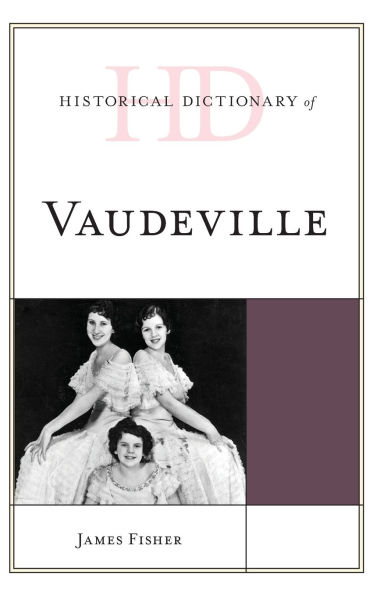Historical Dictionary of Vaudeville contains a chronology, an introduction, an extensive bibliography, and the dictionary section has more than 1,000 cross-referenced entries on performing artists, managers and agents, theatre facilities, and the terminology central to the history of vaudeville. This book is an excellent resource for students, researchers, and anyone wanting to know more about vaudeville.
Historical Dictionary of Vaudeville contains a chronology, an introduction, an extensive bibliography, and the dictionary section has more than 1,000 cross-referenced entries on performing artists, managers and agents, theatre facilities, and the terminology central to the history of vaudeville. This book is an excellent resource for students, researchers, and anyone wanting to know more about vaudeville.

Historical Dictionary of Vaudeville
690
Historical Dictionary of Vaudeville
690
Product Details
| ISBN-13: | 9781538113349 |
|---|---|
| Publisher: | Bloomsbury Academic |
| Publication date: | 06/15/2023 |
| Series: | Historical Dictionaries of Literature and the Arts |
| Pages: | 690 |
| Product dimensions: | 6.00(w) x 9.00(h) x 1.69(d) |
